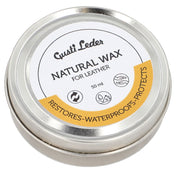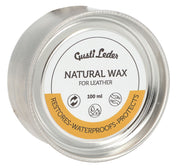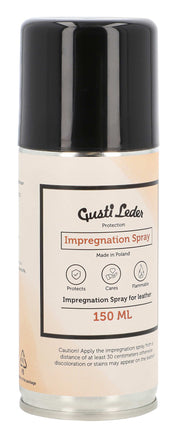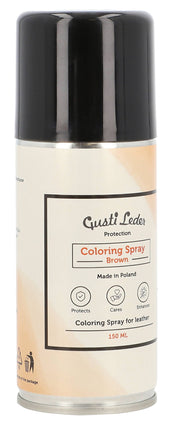History of tanning
Since the dawn of humanity, animal hides, obtained as a byproduct of hunting, have been used as tent canvas, protective clothing, straps, or bags. Originally, the hide was simply dried and smoked. In the early days of tanning, fats were used to make the leather. impregnate and soften it, as is still common today.
In the Middle Ages, tanning was a very widespread craft, although it was considered a dirty and disreputable trade. The craft acquired a negative connotation because, due to the limited selection of preservation options and tanning chemicals, even feces and urine were used for tanning Because of the strong odors, tanneries were always located on the outskirts of cities or in their own neighborhoods. Tanners could easily become infected with anthrax and other diseases through minor injuries.
tanning Generally
Today the tanning the most important and well-known step in the Leather production . In this process, animal hides are preserved for the long term using tanning agents. The aim of the tanning The main purpose is to soften and preserve the leather. The skin, which consists of ⅓ protein, would not be tanning hard and translucent. Through the tannins However, the protein strands remain flexibly interconnected and are stabilized in the long term. Further advantages of tanning are resistance to decay (decomposition by microorganisms) and the prevention of swelling of wet leather.
Types of tanning
In tanneries, the hides of dead animals are prepared for further processing and use. Different types of leather are processed using different tanning techniques, depending on the target product and desired properties. Chrome tanning (clothing, shoe upper leather), the Vegetable tanning (belt, sole, riding leather) and the synthetic tanning / Tanning / Fat tanning (Window, traditional leather). To achieve different properties, these tanning methods are often combined with each other, Combination tanning / Mixed tanning called.
Processing and coloring of the tanned leather
For decorative hides, the so-called white tanning or alum tanning is still used, which takes place with alum (aluminium sulfate) and table salt. The tanned leather side turns white and is not washable, as the tannins could be flushed out. Based on the Color of the tanned leather, you can usually tell which tanning method was used. Chrome tanning dyes the leather silver-grey, Tanning it becomes yellowish and in the plant tanning brownish. Should the Color of the leather after tanning If the leather needs to be changed again, it is necessary to dye it using natural or chemical additives.
Work steps of the tanning
To optimally prepare the animal skin for tanning To prepare the leather and then process it further, the following steps are necessary.
Pre-preservation, Softening , liming bath ( dehairing ), fleshing, Columns the Skin layers , decalcification, stain,
- TANNING -
Neutralization bath (dewatering), Withering , folding, wet finishing ( retanning , coloring , refatting), Drying , stretching, softening, dry finishing.
If you want to learn more about it, the individual steps are explained again in this video:
Additional sources (accessed: 05.11.2018):
- leder-info(dot)de/index.php/Gerbung
- lederzentrum(dot)de/wiki/index.php/Gerbung
- peraperis(dot)com/blog/historisches-handwerk/leder-gerben.html





